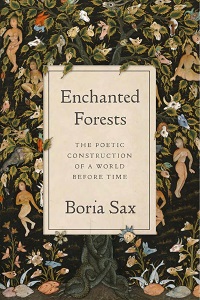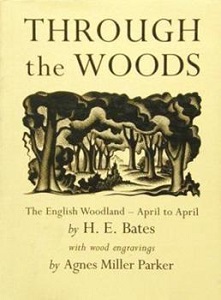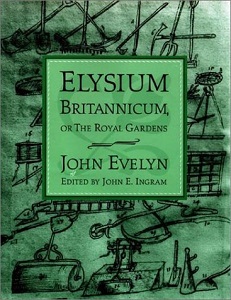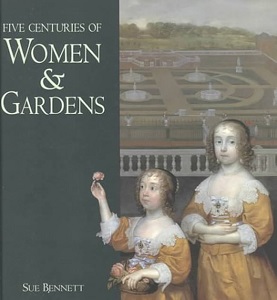
The book is based on an exhibition of the same title at the Wallace Collection, a museum in a historical house in London, Hertford House. Sir Richard Wallace, the “likely illegitimate son” of the 4th Marquess of Hertford, collected art and left it to his wife, who donated it to the British government (except some she gave her secretary).
Each of the book’s six chapters is accompanied by essays by one or two specialists in Indian art. Of particular interest to Miller Library readers is the section on “Indian Export Art? The botanical drawings,” with an essay by H.J. Nolte. He writes he had more than 7,000 botanical drawings to choose from, in just four British collections, plus many more in private hands. The Indian artists were shown examples of European botanical drawings and instructed to copy them. They were very successful. Nolte makes clear throughout that the paintings retain some qualities of the techniques the artists had learned previously in various Indian locations. One early example, Trapa natans (p. 83), by an unknown artist, shows more of these techniques than others in the book with its two-dimensional presentation and near symmetrical arrangement. Others, such as Spray of Green Mangoes (p.86), by Bhawani Das, and A Cobra Lily (p. 87), by Vishnupersaud, display a crisp, representational style.
 In
In  Boria Sax owns a forest. About 80 acres in upstate New York, it’s twice the size of the 40-acre farm once thought enough to support a family. From his investigation of the history of his woods, Sax moves to consider the many ways humans have thought and written about forests over centuries.
Boria Sax owns a forest. About 80 acres in upstate New York, it’s twice the size of the 40-acre farm once thought enough to support a family. From his investigation of the history of his woods, Sax moves to consider the many ways humans have thought and written about forests over centuries.
 A wood should never be vast. The best woods are small, a few acres in extent, not much more than copses” (p. 82). H. E. Bates’s book is as paean of praise to these small woodlands in England. As the title suggests, the book takes the reader through the seasons, April to April. Bates describes changes in plants, animals, but also air and atmosphere.
A wood should never be vast. The best woods are small, a few acres in extent, not much more than copses” (p. 82). H. E. Bates’s book is as paean of praise to these small woodlands in England. As the title suggests, the book takes the reader through the seasons, April to April. Bates describes changes in plants, animals, but also air and atmosphere. John Evelyn (1620-1706) was one of the great diarists of 17th century England. His observations written over 65 years give historians keen insights to turbulent times that included a civil war, the execution of a king (Charles I), an outbreak of plague, and the Great Fire of London.
John Evelyn (1620-1706) was one of the great diarists of 17th century England. His observations written over 65 years give historians keen insights to turbulent times that included a civil war, the execution of a king (Charles I), an outbreak of plague, and the Great Fire of London. When I was very small, my mother often called me “Little Miss Mischief.” It meant I had once again done something wrong, but not terribly wrong, and maybe a little bit cute. I was happy with the title. Elizabeth and Margaretta Morris, the sisters of the title of Catherine McNeur’s book, were not so fortunate. Their mischief was seen as serious; they were challenging the exclusive male 19th century science establishment as they sought opportunity and recognition for their work.
When I was very small, my mother often called me “Little Miss Mischief.” It meant I had once again done something wrong, but not terribly wrong, and maybe a little bit cute. I was happy with the title. Elizabeth and Margaretta Morris, the sisters of the title of Catherine McNeur’s book, were not so fortunate. Their mischief was seen as serious; they were challenging the exclusive male 19th century science establishment as they sought opportunity and recognition for their work.
 In
In  The National Portrait Gallery in London reopened this June after three years of closure due to Covid (and refurbishing). To celebrate, readers can pick up this excellent book from 2000, written to support an exhibition at the Gallery.
The National Portrait Gallery in London reopened this June after three years of closure due to Covid (and refurbishing). To celebrate, readers can pick up this excellent book from 2000, written to support an exhibition at the Gallery. Today raft trips through the Grand Canyon are common. Several companies offer choices of a few or many days. One specifies that the client must be at least nine years old. These trips differ greatly from the one Elzada Clover and Lois Jotter took in 1938. One difference is the Hoover Dam. Before the dam, the Colorado River challenged travelers with extreme rapids, rapids now slowed and sometimes covered by the water that rose behind the dam.
Today raft trips through the Grand Canyon are common. Several companies offer choices of a few or many days. One specifies that the client must be at least nine years old. These trips differ greatly from the one Elzada Clover and Lois Jotter took in 1938. One difference is the Hoover Dam. Before the dam, the Colorado River challenged travelers with extreme rapids, rapids now slowed and sometimes covered by the water that rose behind the dam.